How to Find Complementary, Supplementary, Vertical, Adjacent, and Congruent Angles?
When angles appear in groups of two to indicate a particular geometric property, they are called pairs of angles. In this article, you will be familiar with the types of pairs of angles.

When angles appear in groups of two to display a certain geometrical property they are called angle pairs. There is a special relationship between pairs of angles. Some of the angle pairs contain complementary angles, supplementary angles, vertical angles, and adjacent angles.
Related Topics
A step-by-step guide to finding complementary, supplementary, vertical, adjacent, and congruent angles
When two angles are paired, then there exist different angles such as:
1. Complementary angles
If the sum of the two angles reaches \(90\) degrees, they are called complementary angles. In other words, when the complementary angles are placed together, they form a right angle (\(90\) degrees).
Each angle between the complementary angles is called the “complement” of the other angle.
2. Supplementary angles
When the sum of the two angles is \(180\) degrees, they are called supplementary angles. The two angles when added make up \(180°\). For example, \(110°\) and \(70°\) make up \(180°\). So these two angles are said to be supplementary. Here, one angle is the supplement of another angle. For example, the supplement of \(60°\) is \((180° – 60°)\), which is \(120°\).
3. Vertical angles
Vertical angles are a pair of non-adjacent angles formed by the intersection of two straight lines. In simple words, vertical angles are located across from one another in the corners of the \(“X”\) formed by two straight lines. They are also called vertically opposite angles as they are situated opposite each other.
4. Adjacent angles
Two angles are called adjacent angles if they have a common vertex, a common side, and no overlap.
Congruent angles
The definition of congruent angles is “angles that are equal in the measure are known as congruent angles”. In other words, equal angles are congruent angles. It is denoted by the symbol \(“≅”\), so if we want to represent \(∠A\) as congruent to \(∠X\), we will write it as \(∠A ≅ ∠X\).
In the image above, both angles are equal in measurement (\(60^∘\) each). They can completely overlap each other. So, as per the definition, we can say that both the given angles are congruent.
Finding Complementary, Supplementary, Vertical, Adjacent, and Congruent Angles – Example 1:
Find the angle \(x\) in the following figure.
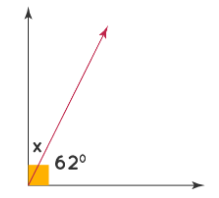
Solution:
In the given figure, \(x\) and \(62°\) are complementary angles as they form a right angle. Hence, their sum is 90°.
\(x + 62° = 90°\)
\(x = 90°-62°\)
Therefore, the value of angle \(x\) is \(28°\).
Exercises for Finding Complementary, Supplementary, Vertical, Adjacent, and Congruent Angles
- Find the measurement of angle \(f\).
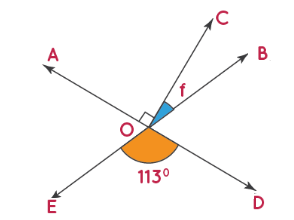
- Find the measures of angles \(x\), \(y\), and \(a\) in the figure.
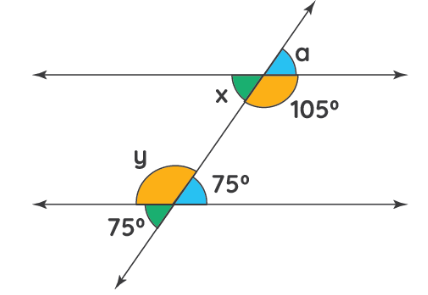
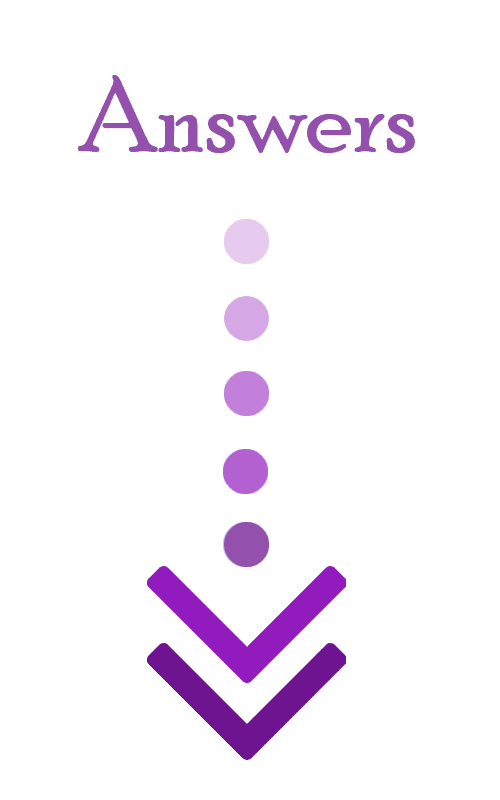
- \(\color{blue}{23°}\)
- \(\color{blue}{∠x = 75°, ∠y = 105°, ∠a =75°}\)
Related to This Article
More math articles
- 5 Best HiSET Math Study Guides
- Top 10 7th Grade Common Core Math Practice Questions
- Maclaurin Series Fundamentals: Efficient Approximations for Common Functions
- How to Solve Linear Inequalities?
- Cracking the Code: How Math is Empowering Students to Solve Real-World Problems in the Digital Age
- Best Laptops for Students: Lenovo vs. HP vs. Dell
- How many Questions Are on the STAAR Test?
- Decimals Unfolded: How to Switch Between Standard and Expanded Forms
- Top 10 6th Grade MEAP Math Practice Questions
- How to Balance the Scales: Inequalities in Decimal Addition and Subtraction



















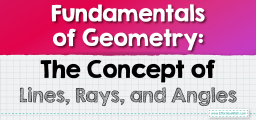






What people say about "How to Find Complementary, Supplementary, Vertical, Adjacent, and Congruent Angles? - Effortless Math: We Help Students Learn to LOVE Mathematics"?
No one replied yet.